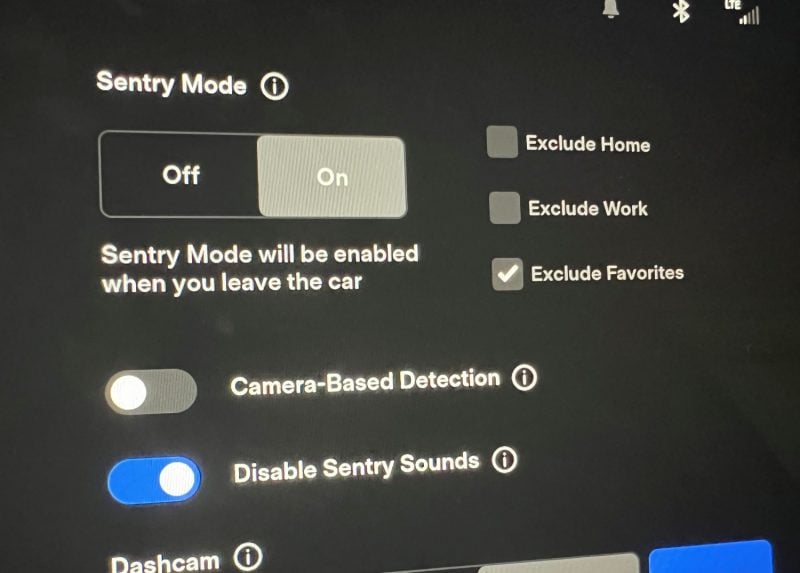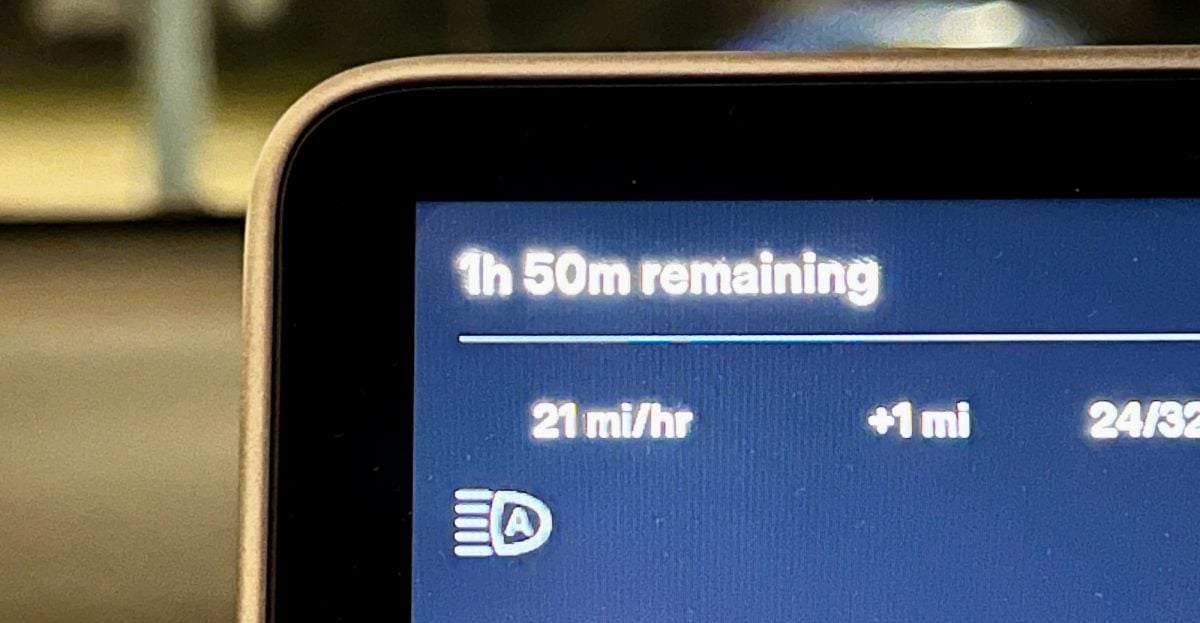Charging at home is a convenience enjoyed by EV drivers, because starting every drive with a charged battery is easier than having to stop for gas. But what if your charging setup is not providing enough miles added per hour?
The most obvious solution is to maximize the available amperage from your circuit breaker to your Level 2 home EV charger. According to the Electrical Code in US and Canada, the system is allowed to draw up to 80% of maximum amperage at a constant load. For example if you have a 60 amp circuit, you can configure your EV charger to pull 48 amps. If your existing home EV charger is rated for fewer amps than your circuit breaker can provide, consider upgrading your EV charger. Tesla’s lineup of cars is able to charge at up to 48 amps on Level 2.
Okay, but what can you do to charge faster without electrical upgrades?
1. Disable Sentry Mode at Home
Sentry Mode is an amazing security feature unmatched by other car brands. But it definitely consumes a lot of energy. A parked Tesla with Sentry Mode active can consume 7-8% of battery per day. Even when connected to an EV charger, activating Sentry Mode will cost approximately 1 mile per hour of charging speed. Therefore if you want to charge as fast as possible, it would be wise to disable Sentry Mode. It is easy to configure Sentry Mode be switched off at your Home or Favorite locations, so it still remains active in public spaces.

2. Park and Charge Indoors
Charging your EV indoors can be faster than outdoors, especially in extreme climate conditions. Teslas and other modern EVs perform battery conditioning tasks to ensure the battery does not get excessively cold or hot. Heating or cooling the battery pack consumes energy too, so it could mean a slower charging session if a portion of the energy from the grid is going towards thermal management. By parking and charging your EV away from extreme climate elements should mean that all of the energy delivered to your EV from the wall is going into the battery.
Considering buying a Tesla? Use our referral link to get $1,000 off, and help support our content.
